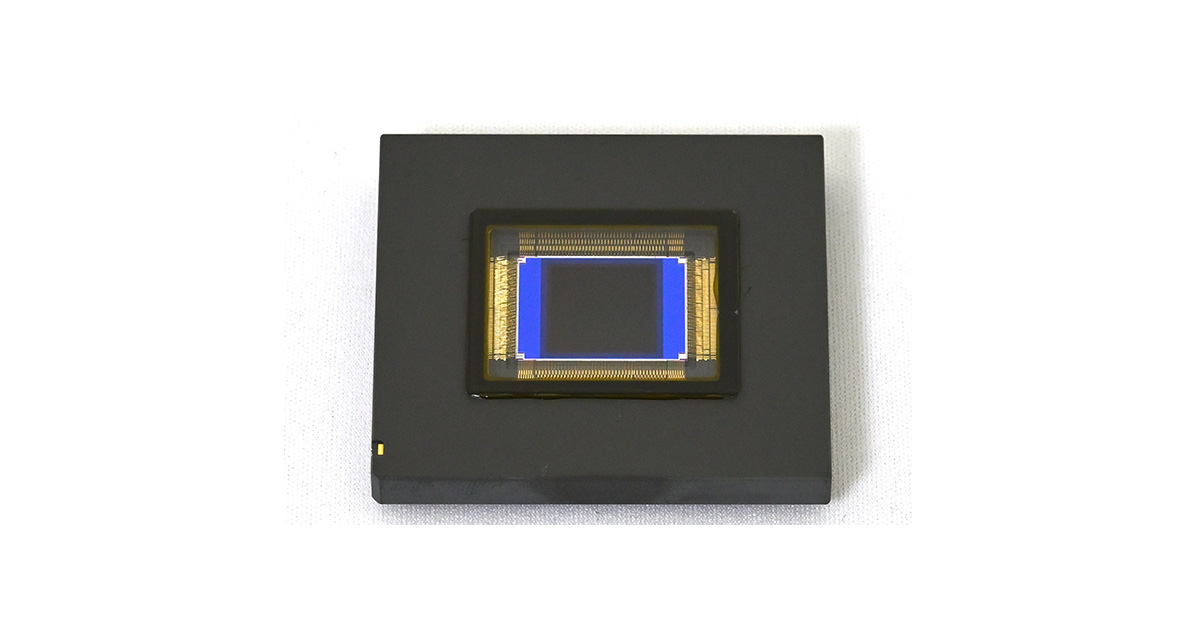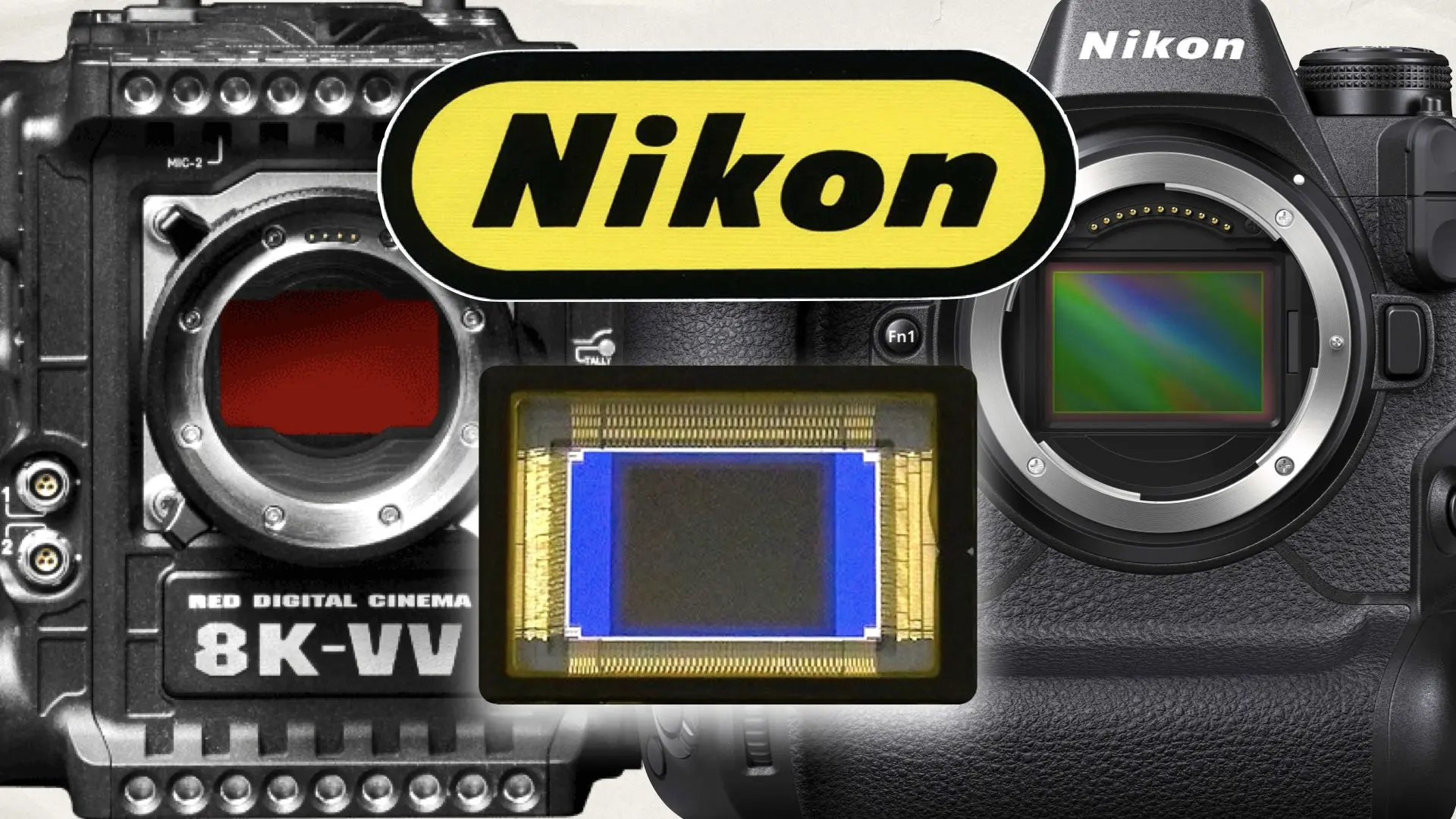So you’re saying a new sensor is the future?
This link provides a current broad opinion of the three flag ships, it mentions the difference between global shutters etc.
Reading in between the lines is also interesting.
Knowing why the Nikon Z9 has some advantages in Dynamic range.
The fundamentals are time light and speed and to this day always has been.
Very high ISO demand usually sees a slight compromise dynamic range thrown out.
Very high speeds also usually makes dynamic range suffer a little.
The Z9 has in my opinion the very best out of camera files out of the tree players.
Nikon Knows this and i feel their decision to priorities file quality integrity is key, its further harmonized with the formulas in their glass along with a huge range of glass options.
If i am wrong then i apologies.
Going forward the main challenge i feel for the Z9 II is weight, bulk, this was evident by the number of Pros selling their Z9 for a Z8 including myself, a former Z9 owner now a Z8 owner.
Some Pros mentioned to me they would rather have two Z8 units in place of one Z9, each to their own i guess.
The consumer or market demand and growth is Video, the Z9 is very heavy for gimbals. Yet very capable and in more areas enviable for video.
More low light focusing sensitivity would be expected, new generation IBIS is sitting on the shelf, next level processing is needed as we know to utilize the gen 4 cards plus plus, higher quality oled.
There is a reason for the Z9 being only 20 fps in RAW, will that change ?
Another challenge is transmission and connectivity.
I hear people come or move to Nikon not because of the Z9, but the Glass.
Interesting times.
Will Nikon differentiate the Z9 from the Z8 as mentioned in the video, who knows.
Only an opinion




